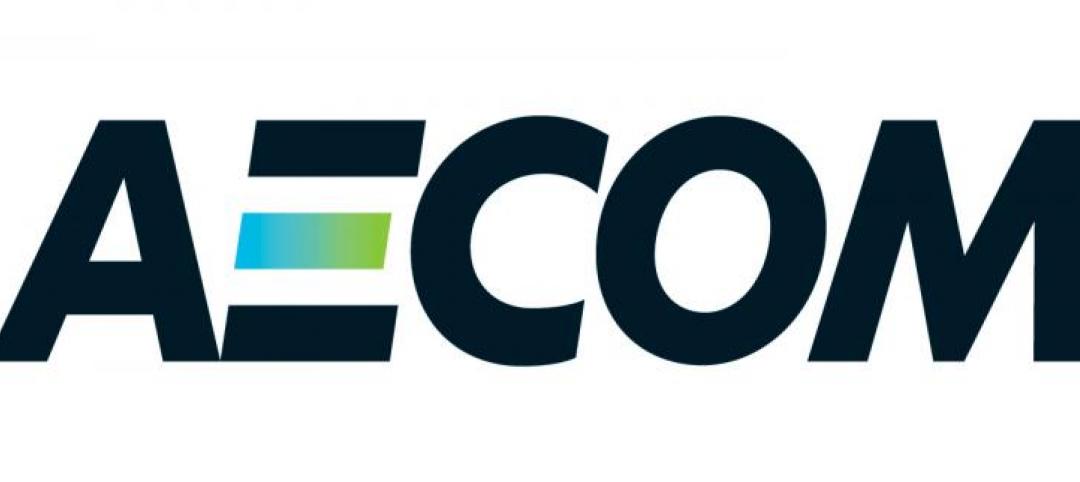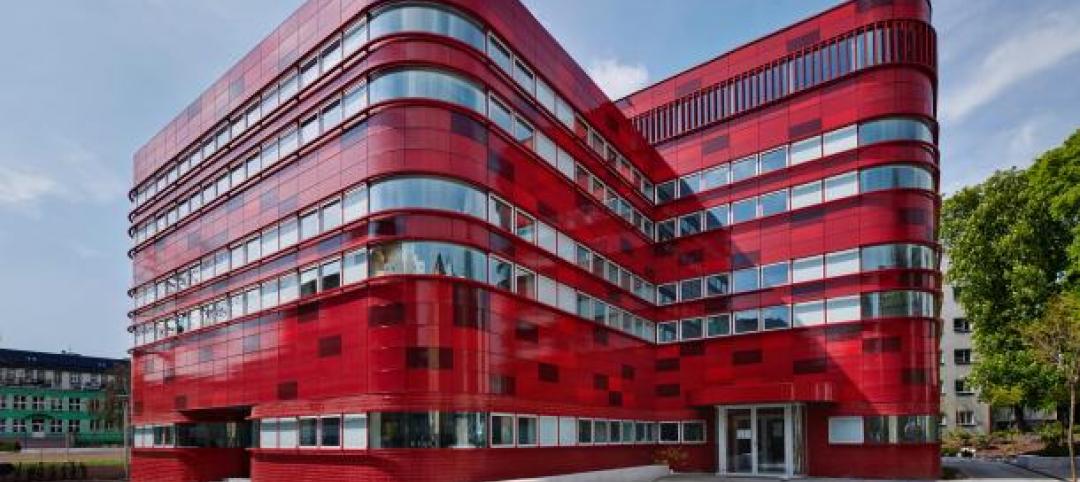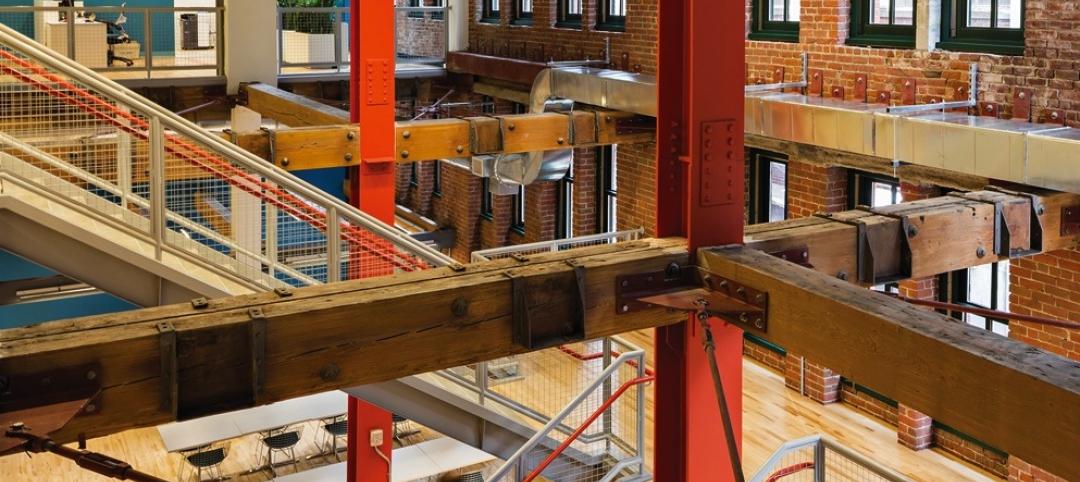What if cement could light up a room? i.light precast, transparent concrete panels can brighten any room and allow people to see images and objects behind them.
Making its North American debut at Greenbuild, two i.light precast concrete walls, manufactured by ESSROC Italcementi Group, showcased the innovation of cement and the endless possibilities for interior and exterior applications by builders, designers and architects.
The transparency in cement is achieved via an innovative technology developed by Italcementi Group’s R&D department, in which a new dry ready-mixed product that allows bonding a light-transmitting plastic resin matrix is used. This allows the manufacturing of solid insulated concrete construction panels, which transmit light, both natural and artificial. The panels are guaranteed to last as long as a panel made from traditional cement material.
The result of the transparent panels is simply brilliant as they create a sequence of lights and shadows in constant evolution throughout the day. The transparent effect is more evident when it is dark and seen from the outside. The panels allow interior lights to filter through, from inside. During the day, exterior light filters in, showing the changes in the levels of daylight. The capability to transmit light can also make it possible to use less electricity, potentially contributing to energy savings. BD+C
Related Stories
| Jul 29, 2014
AECOM's buying spree continues: Deal to acquire Hunt Construction Group in the works
The acquisition comes just two weeks after AECOM's $6 billion deal to acquire rival engineering and construction company URS Corp.
| Jul 29, 2014
MADGI hires David Stuart, AIA, as Studio Director in New York City
Stuart will support the firm's $375 million multifamily residential design studio.
| Jul 29, 2014
Best practices for public-private partnerships: Free AIAI guide
Resource explores P3 best practices, including legislation and procurement methods.
| Jul 29, 2014
Blood center uses architecture to encourage blood donation [slideshow]
Designed by FAAB Architektura, the project's aesthetic was guided by its function. The color scheme, facade panel glossiness, and the irregularly elevated leitmotif were intentionally designed to evoke the "richness" of blood, according to the architects.
| Jul 28, 2014
Reconstruction market benefits from improving economy, new technology [2014 Giants 300 Report]
Following years of fairly lackluster demand for commercial property remodeling, reconstruction revenue is improving, according to the 2014 Giants 300 report.
| Jul 28, 2014
Reconstruction Sector Construction Firms [2014 Giants 300 Report]
Structure Tone, Turner, and Gilbane top Building Design+Construction's 2014 ranking of the largest reconstruction contractor and construction management firms in the U.S.
| Jul 28, 2014
Reconstruction Sector Engineering Firms [2014 Giants 300 Report]
Jacobs, URS, and Wiss, Janney, Elstner top Building Design+Construction's 2014 ranking of the largest reconstruction engineering and engineering/architecture firms in the U.S.
| Jul 28, 2014
Reconstruction Sector Architecture Firms [2014 Giants 300 Report]
Stantec, HDR, and HOK top Building Design+Construction's 2014 ranking of the largest reconstruction architecture and architecture/engineering firms in the U.S.
| Jul 28, 2014
LEO A DALY hires Peter Yakowicz to oversee VA projects
New hire will work with healthcare and federal market sectors on programs specifically for the Department of Veterans Affairs.













